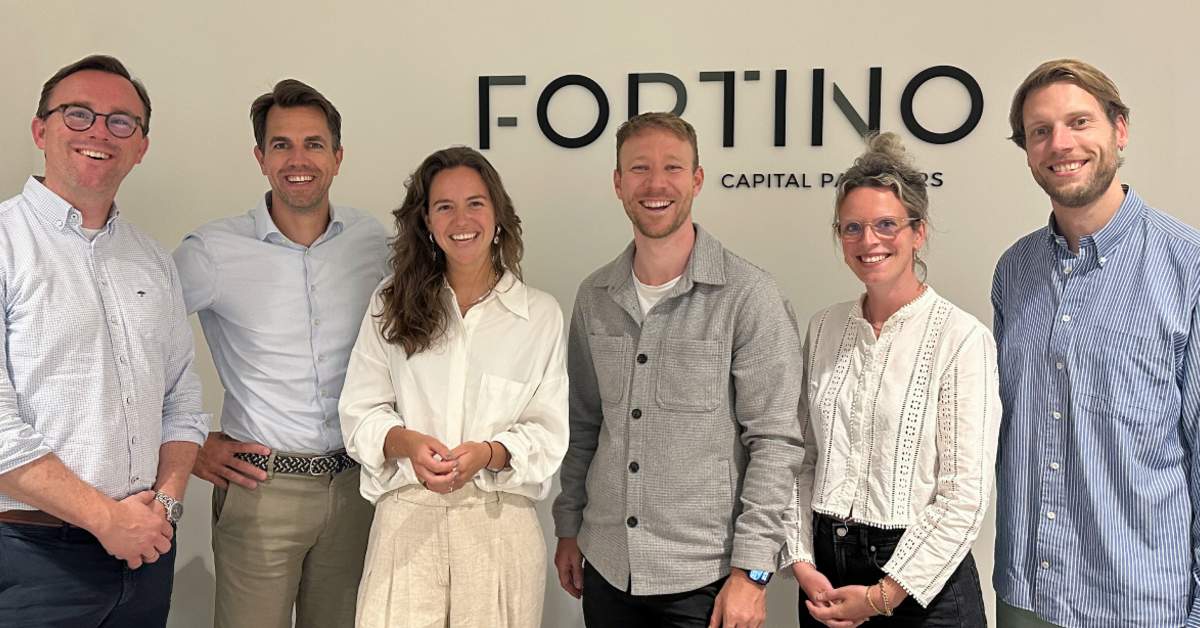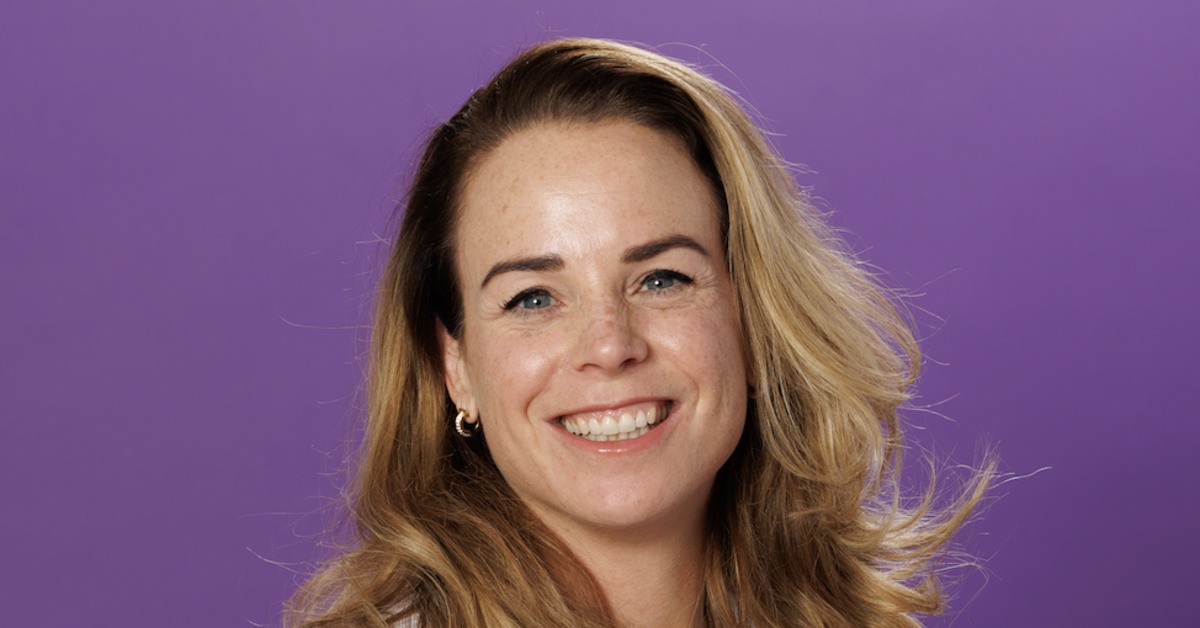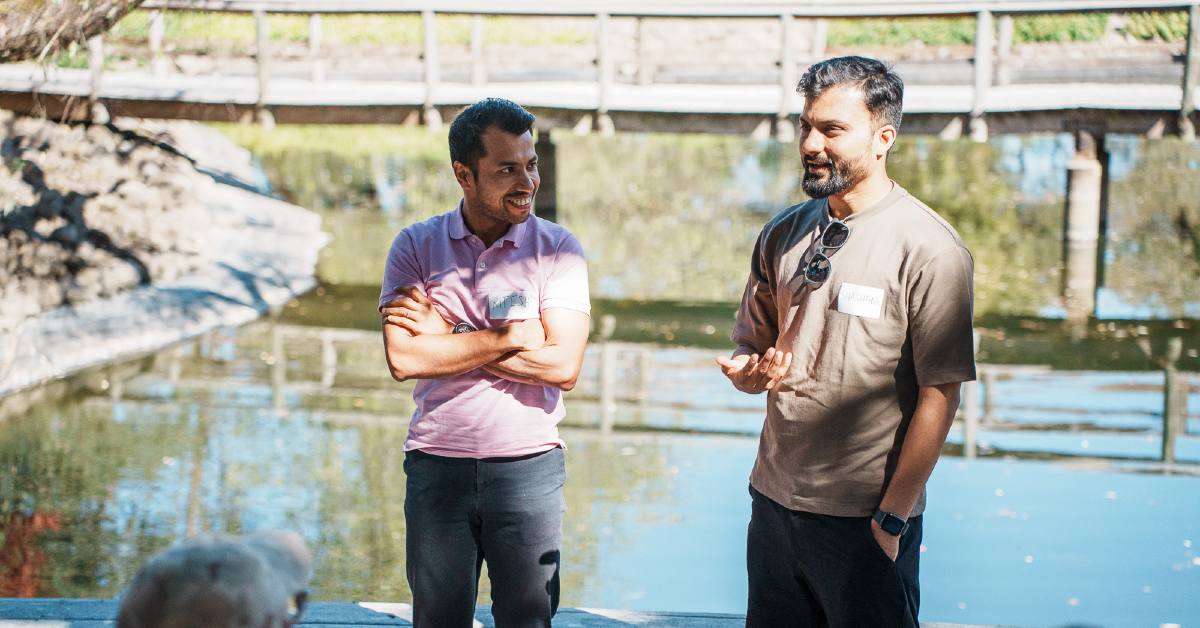Due to crowdfunding, over €223 million was raised to successfully fund 5,300 projects in the Netherlands. This proves crowdfunding is an effective way to bring innovative projects to life, and boost SMEs.
With over 60 different funding platforms active in the Netherlands, it’s not always easy for entrepreneurs to find the right fit matching their needs and wishes. Crowdfunding expert and founder of Eureeca, Chris Thomas, explains what aspects should be taken into consideration when choosing a platform to successfully raise the needed funds for a crowdfunding campaign.
Types of crowdfunding
As a first step, it is important to set a clear goal for your crowdfunding campaign. Where will you be using the funds for, and what amount of funding will you need to realize this. The goal determines the type of crowdfunding. In general, there are four different kinds of crowdfunding. Below, all the different kinds are discussed, in combination with examples.
Donation-based crowdfunding
When using crowdfunding based on donations, financiers donate a certain amount of money without getting something in return. They just fund because they think it’s a promising venture. Whydonate en gofundme are great examples of donation-based platforms.
- Who: This form of crowdfunding is a great fit for individuals raising money for a social project, such as a charity fund.
- Risk: This type of crowdfunding is without risk for both parties, investor and entrepreneur. A lot of platforms also use a ‘no cure no pay’ method: when the intended amount is not raised, all investors get their money back.
- Popularity: This way of crowdfunding is by far the most popular. Fundwijzer shows that 87% of the successfully funded crowdfunding projects are funded by donation-based crowdfunding.
- Platforms: One Planet Crowd, YEEE-HAAA, 4just1, Worldofcrowdfunding, Projectgeld, Acthope, 1%Club, Verspers, Tilburg voor Cultuur, Geef Onderwijs, Voor je Buurt, Geef Erom, Crowdfunding VoorNatuur, Crowdfund Nederland, Ulule, Pifworld, FairFriends, Rugsteunt (Rijksuniversiteit Groningen steunt), Geef, Rechtspraak.nu, ApuraNetworks, MaakCapelle, Geloofinjeproject, Steundeclub, voordeKunst en Cinecrowd, gofundme, and Whydonate.
Reward-based crowdfunding
With crowdfunding based on rewards, financers trade their money for a certain reward. For example, by funding the project, the financier gets a pre-order on the product the entrepreneur is about to develop. “When giving something in return for the funding, entrepreneurs can seduce potential financiers to invest in their venture. If they can offer something in return, I would suggest doing so. This could be just that little bit extra that will convince them to invest”, according to Chris. In the Netherlands, Kickstarter is by far the most used and well-known platform for this type of crowdfunding.
- Who: This type of crowdfunding matches starting entrepreneurs with an innovative idea, which they want to bring to life through crowdfunding. By running the campaign, entrepreneurs will not only raise funds, but it will also show if their product catches on. Logically, the importance of a solid business plan and a prototype is more significant with this form of crowdfunding compared to donation based.
- Risk: this way of crowdfunding is also relatively low-risk. In most cases, the ‘no cure no pay’ method is also in place. After the financier receives their reward, the contact between both parties stops.
- Popularity: a considerable amount of people is choosing this kind of crowdfunding. 6,2% of the successfully funded projects were funded this way.
- Platformen: Kickstarter, One Planet Crowd, and Indiegogo.
Loan-based crowdfunding
This type of funding is all about the what’s in it for me-principle. Financiers lend a certain amount of money to the entrepreneur, expecting it back after a set time, and in most cases including an additional interest fee. “The biggest benefit of this kind of crowdfunding is that it creates a (temporarily) higher cash flow, which can be used to for example strengthen the marketing activities or product development,’’ Chris states. Well-known platforms in the Netherlands for this type of crowdfunding are Funding Circle, Crowdfund and Kapitaal op Maat.
- Who: with this form of crowdfunding, a step towards the more experienced entrepreneurs is made, entrepreneurs who have already founded a company or at least developed a prototype. When entrepreneurs expect the funding to generate more revenue than the loan will coast them, this type will be a good fit for their venture.
- Risk: this type of crowdfunding is riskier for both parties than the ones discussed before, but when successful will also result in a higher profit. Because financiers can receive profit very quickly, they will be more keen to get involved. On the other side, entrepreneurs can benefit from a quickly increased cash flow but are also expected to generate profit soon. Before the profits can be used for company growth, entrepreneurs will need to pay back the investments to their financiers. An additional risk with this form of crowdfunding is the possibility that they will not earn the needed profit and can’t return (all of) the money to the investors.
- Popularity: Crowdfunding based on loans is somewhat more popular (6,4%) than crowdfunding on a reward basis.
- Platformen: One Planet Crowd, Collin Crowdfund, Geldvoorelkaar.nl, Kapitaal Op Maat, Lendahand, Symbid, Funding Circle, Greencrowd, Voordegroei, Capital Circle, Horeca Crowdfunding, Sameningeld, Knab Crowdfunding, Investormatch, Kapitaal Lokaal, Massafinanciering, The Dutch Deal, Zorgfunders, Onderlingkrediet, Leapfunder, Crowdpartners, Duurzaam Investeren, Aygodutch, MyCrowdfunding, Bouwaandeel, ZIB Crowdfunding, All4funding, Funduzo, Weforsea, Moneybrothers, Lendex, 2fund, wakibi, Lender & Spender and Investormatch.
Equity-based crowdfunding
It is also a possibility to raise funds by selling shares of the company with equity-based crowdfunding. This type of crowdfunding has already proven itself in the United States and the United Kingdom, and it is developing in a more common way of crowdfunding in the Netherlands. A well-known platform for equity crowdfunding operating in the Netherlands is Symbid. When an international campaign is preferred entrepreneurs can choose platforms such as Eureeca or Seedrs.
- Who: Trading funds for equity is most suitable for growing SMEs. Their cash flow will be increased sizably and, in contrast to funding in return for a loan, the money can be used to boost growth within the company right away. After all, the money stays in the firm. Besides this, equity-based crowdfunding grants the highest chance to attract funds from strategic investors. Your success is their success, after all.
- Risk: This is also a kind of crowdfunding where the risks are higher for both the entrepreneur, as well as the investor. Giving away a part of the company can also be considered a risk to entrepreneurs. However, there’s always a chance to buy them back in a later stadium.
- Popularity: Only 1.9 percent of the crowdfunding projects are funded through equity-crowdfunding.
- Platformen: Eureeca, Symbid, Seedrs, Zorgfunders, Duurzaam Investeren and Funduzo.
Next steps
By choosing the best way of crowdfunding to raise funds, crowdfunders can narrow down the possible platforms to a shortlist. The next step is to dig deeper into the platforms and pay attention to the individual aspects. Which aspects will be the decisive factors, will vary for every entrepreneur. While some entrepreneurs will base their decision on the costs or entry rate, for other the focus on a certain area of the platform is decisive.
Focus
Most crowdfunding platforms allow entrepreneurs to raise funds in all sorts of areas, but there are also websites with a certain focus field. For example, Oneplanetcrowd is a platform that only takes on sustainable projects, crowd about now specializes in the food and catering market and Capital Circle has a focus on Dutch SMEs.
Range
The number of financiers that are reached through the platform also varies. Most platforms, active on the Dutch market, have national coverage. But there are exceptions, Kapitaal Lokaal for example, matches financiers and crowdfunders on a more local scale. Are you developing a product for an international market? In that case, using platforms with international reach, such as Kickstarter and Eureeca, are the preferred choice.
Funding amount
The amount of funding can also vary between platforms. With voluntary donations, it is often possible to donate every desired amount (even a single Euro), while campaigns based on loans or equity often require a minimum entry rate. A substantial entry rate for investors can add to the level of professionality of a crowdfunding campaign. However, when it’s too high it can withhold financers from backing your project, while they would have invested at a lower amount. Comparing the campaign with others within the same category can help determine the right amount.
Degree of regulation
Another important aspect to keep in account is the degree of regulation of the platform. Is the platform approved by the Dutch Authority Financial Markets (AFM)? Or with an international campaign, by similar authorities in other countries? Platforms that offer donation- or reward-based crowdfunding, do not need a permit, but crowdfunding platforms based on loans or equity do. Platforms with an AFM-approval have been cleared as a reliable and sound business. They have been approved for having qualified advisors, liability and proper certifications and labels (such as being connected to Stichting Bureau Krediet Registratie). This way entrepreneurs are sure of using a legitimate platform. In September 2017, Geldvoorelkaar.nl became the first platform in the Netherlands under the supervision of the AFM. After this, most professional platforms followed their lead.
Costs
Last but not least, every platform differs in costs and terms and conditions. Most platforms do not ask a placement fee for the campaign, but there are few that do (up to €500). Also, the success fee can vary between 0% and 20%. In some cases, platforms also charge the financiers. Fundwijzer gives a clear overview of most platforms that are active on the Dutch market and their rules and percentages. Pay attention at the costs for both the entrepreneur as the financier, the terms and condition of every considered platform and also look into what the platform can offer you such as marketing support or matching your campaign to potential backers.
Guest post by Chris Thomas, founder of international crowdfunding platform Eureeca.
Image by RachenArt, Shutterstock.










01
From telecom veteran to Dutch Startup Visa success: The Jignesh Dave story